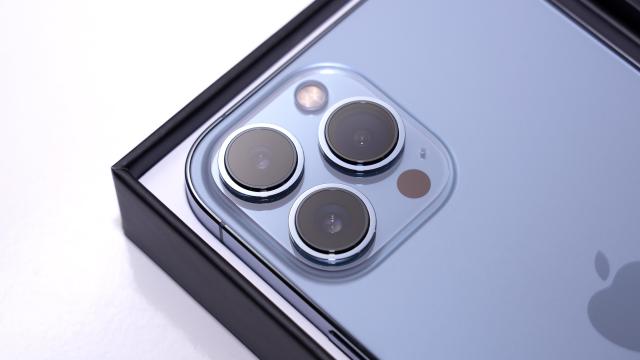Apple went all-in on eSIM with the iPhone 14 line up, removing the option for SIM cards from their smartphones for the first time. In theory, there should be plusses there: There’s one less moving part to worry about on the phones now, which can both improve water resistance, and eliminate the risk of something happening to the SIM card. However, this transition brings its own problems, some you might be experiencing right now.
iMessage activation unsuccessful
One big issue popping up on eSIM iPhones is a problem with iMessage and FaceTime activation. When you initially set up your iPhone, everything seems to work fine, including eSIM activation. However, when you try to send off iMessages or place a FaceTime call to a friend, you find it doesn’t work. Dive into the Settings app, and you’ll see an annoying “iMessage Activation Unsuccessful” message. The first time I heard about it was from a friend on their iPhone 14, and I wasn’t able to fix it myself. However, the same problem happened to me when setting up a new eSIM iPhone, and I was able to fix it on my own.
This isn’t a new problem, either. You can see from this 2019 support thread that a user with an iPhone XS had the same iMessage activation problem when switching to eSIM. A bug in May of 2022 deactivated iMessage and FaceTime on eSIM iPhones, and required a physical eSIM to reactivate. However, what makes this issue even worse today is that the iPhone 14 is entirely eSIM, so there’s no physical SIM to lean back on.
eSIMs can be glitchy on iPhone
While the iMessage activation problem is the most obvious I’ve seen, eSIM-only on iPhone has had a rocky start. When the iPhone 14 first launched, customers on carriers like Mint Mobile were having trouble activating their eSIMs. Mint Mobile uses an app to get you started, but eSIM activation just wasn’t working. While many of those problems have been resolved, eSIMs on iPhone still seem a bit glitchy, such as running into a “network unavailable” error.
How to fix eSIM problems on your iPhone
The good news is you have some options, and you’ll probably get things working with at least one of them. The easiest place to start is just with a simple iPhone restart. You can either shut it down and turn it back on again, or use your iPhone’s secret restart method. When the device powers back on, go to Settings app check if iMessage is back online, or if your eSIM is able to activate.
If it’s not, make sure your iPhone is connected an active cellular data or wifi network. Jump into Settings > Cellular and make sure “Cellular Data” and “Turn On This Line” are enabled. If you’re struggling with messaging issues specifically, disable iMessage and/or FaceTime from their respective Settings app pages and reenable shortly after. Sometimes, this toggling off and on of the settings is enough to boot things back into place. That’s what seemed to do the trick for my personal iPhone: After toggling iMessage off and on again, the service activated successfully.
Apple claims it can take up to 24 hours for iMessage to activate on a new iPhone, but, in my experience, it really shouldn’t take longer than a few minutes. So, if these steps don’t seem to work for you, or you’re running up against other eSIM issues, you may need to pull out the big guns: Erase your eSIM and reactivate it on your iPhone. This step involves contacting your carrier to issue a new eSIM on your device, so I’d recommend getting in touch with them first to explain what you’re trying to do. If you feel strongly about erasing it first, set yourself up with a text-based chat, use a separate phone to call, or, if need be, bring the device into the store.
To erase an eSIM on iPhone, go to Settings > Cellular, then tap “Delete eSIM.” Confirm your decision on the pop-up, and iOS will erase your eSIM. Now, you have a glorified iPod touch until your carrier sets you up with a fresh eSIM. They’ll walk you through the process, and, once everything’s set up, your new eSIM shouldn’t have the issues you experienced before.

Leave a Reply
You must be logged in to post a comment.